Listen
About the Episode
Episode 1 of (Re)Search for Solutions discusses greening - the conversion of an overgrown vacant lot to a small, grass-covered community space - as a non-policy-based solution to gun violence.
We interviewed Dr. Charlie Branas, the Chairman of Epidemiology at the Mailman School of Public Health, about his research into the effects of greening and the resulting decrease in gun violence in areas surrounding greened spaces. We also interviewed Keith Green, the Director of the Philadelphia LandCare Program at the Pennsylvania Horticultural Society (PHS), who coordinates greening projects throughout communities in Philadelphia and became an invaluable partner in Charlie and his team’s greening research.
Listen Here, or on Apple Podcasts, Spotify, SoundCloud, or Google Podcasts.
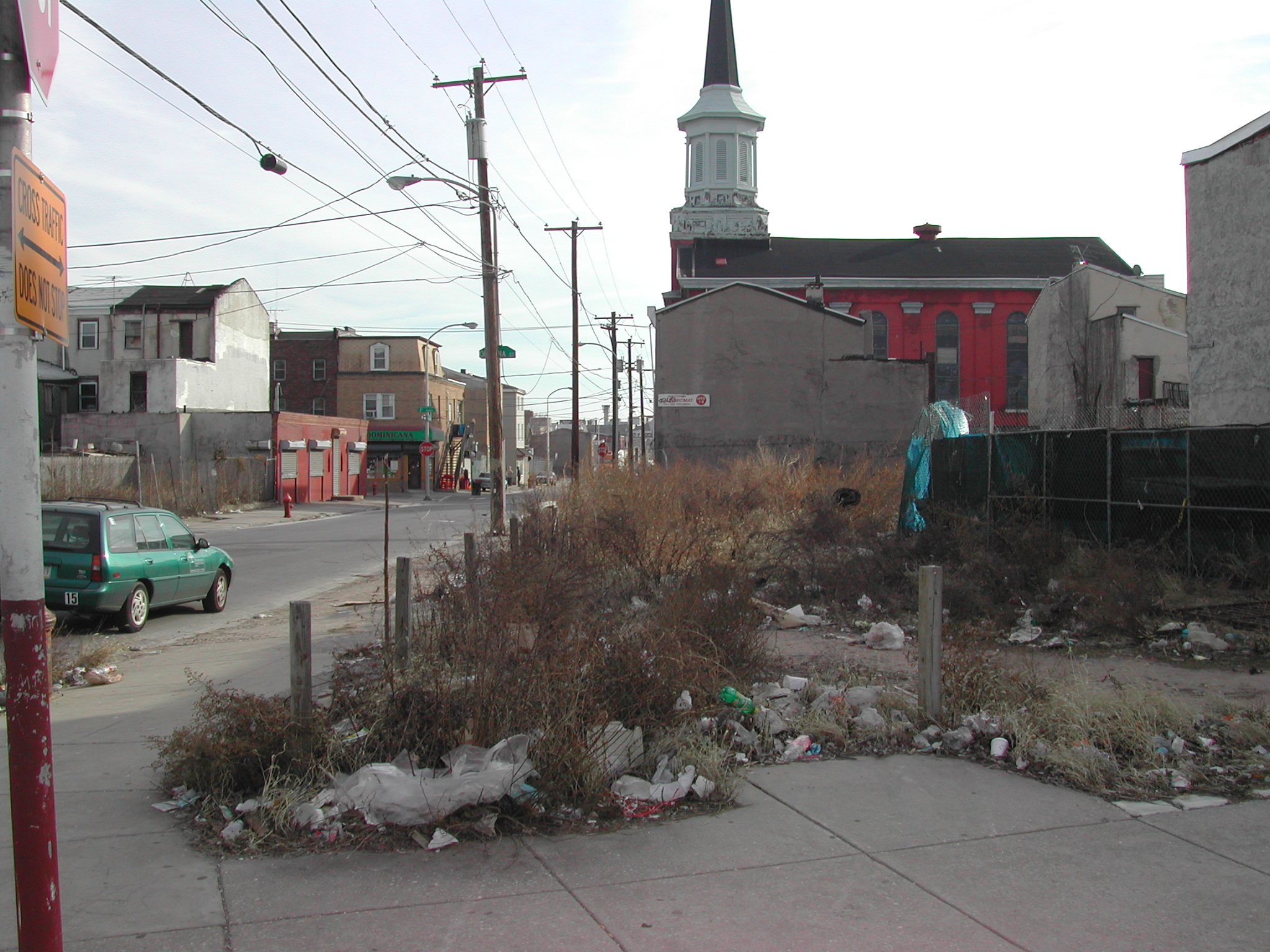
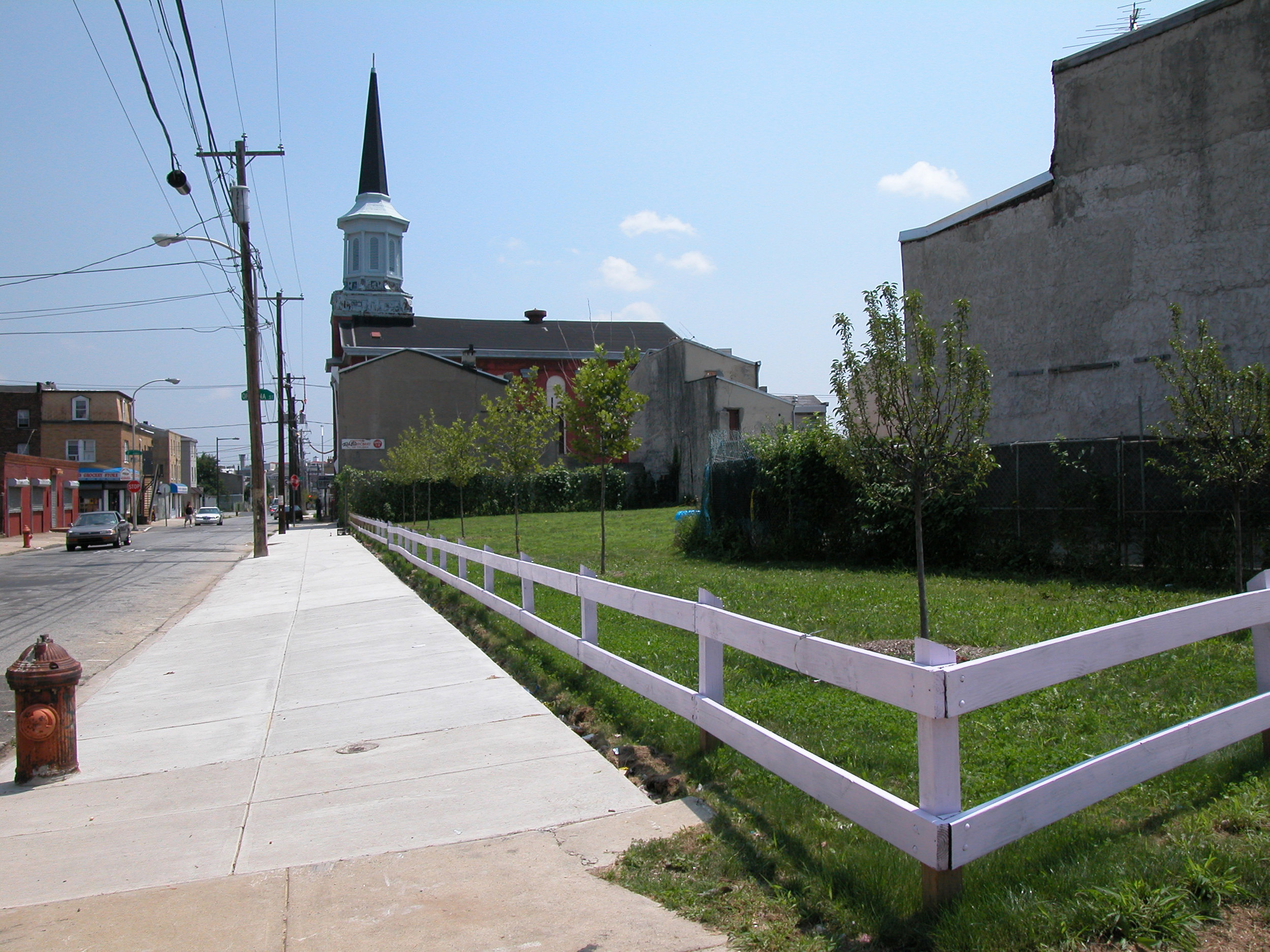
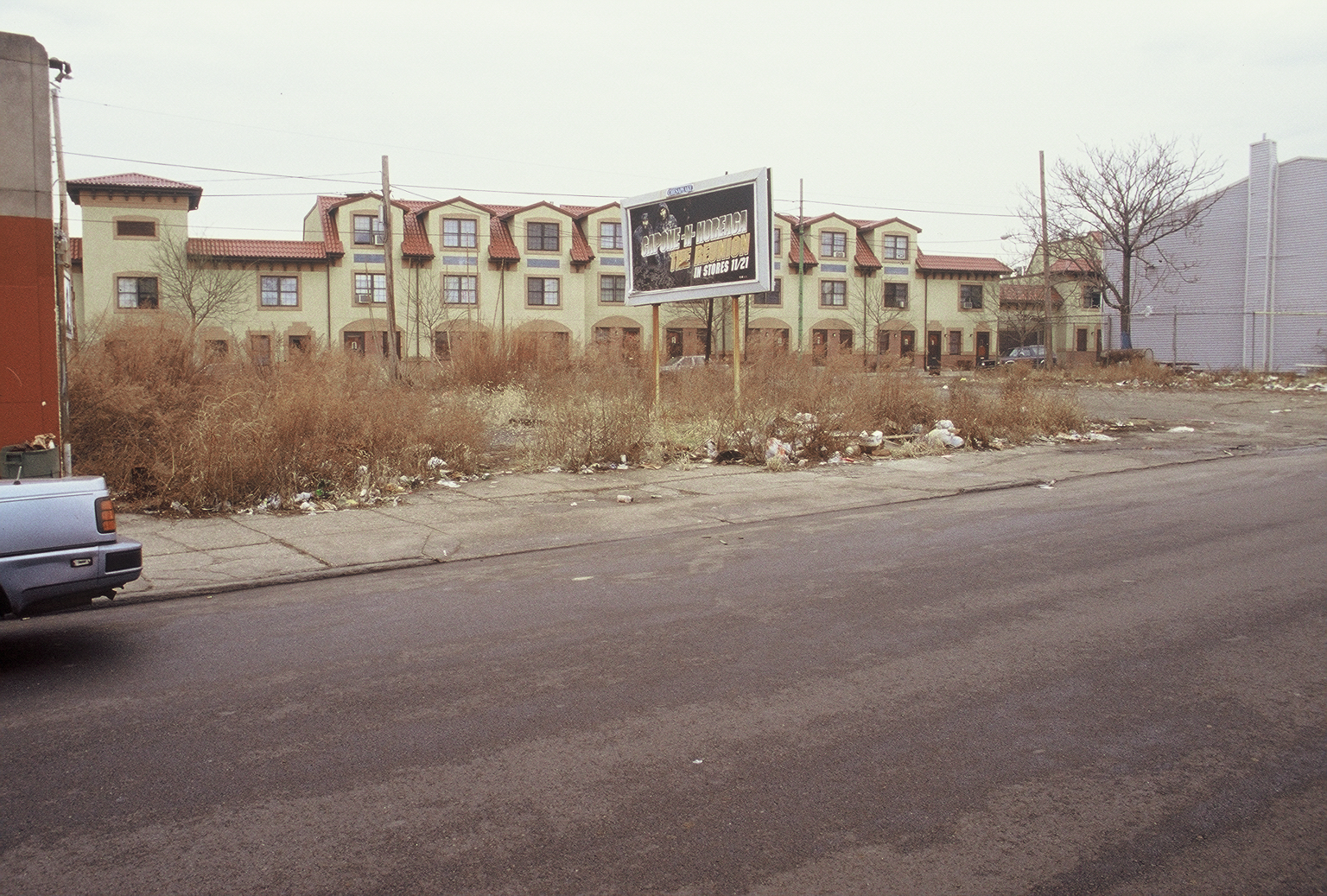
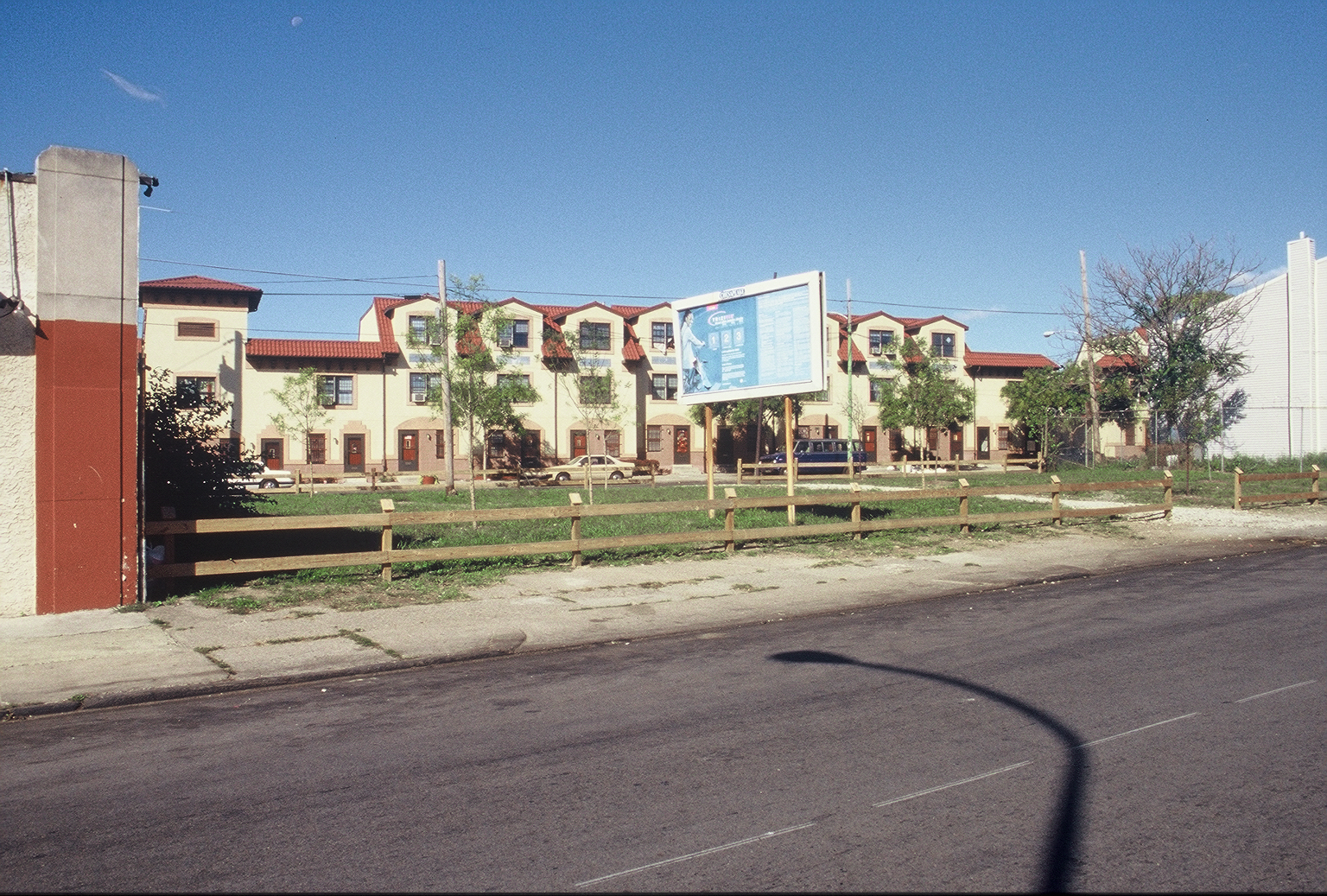
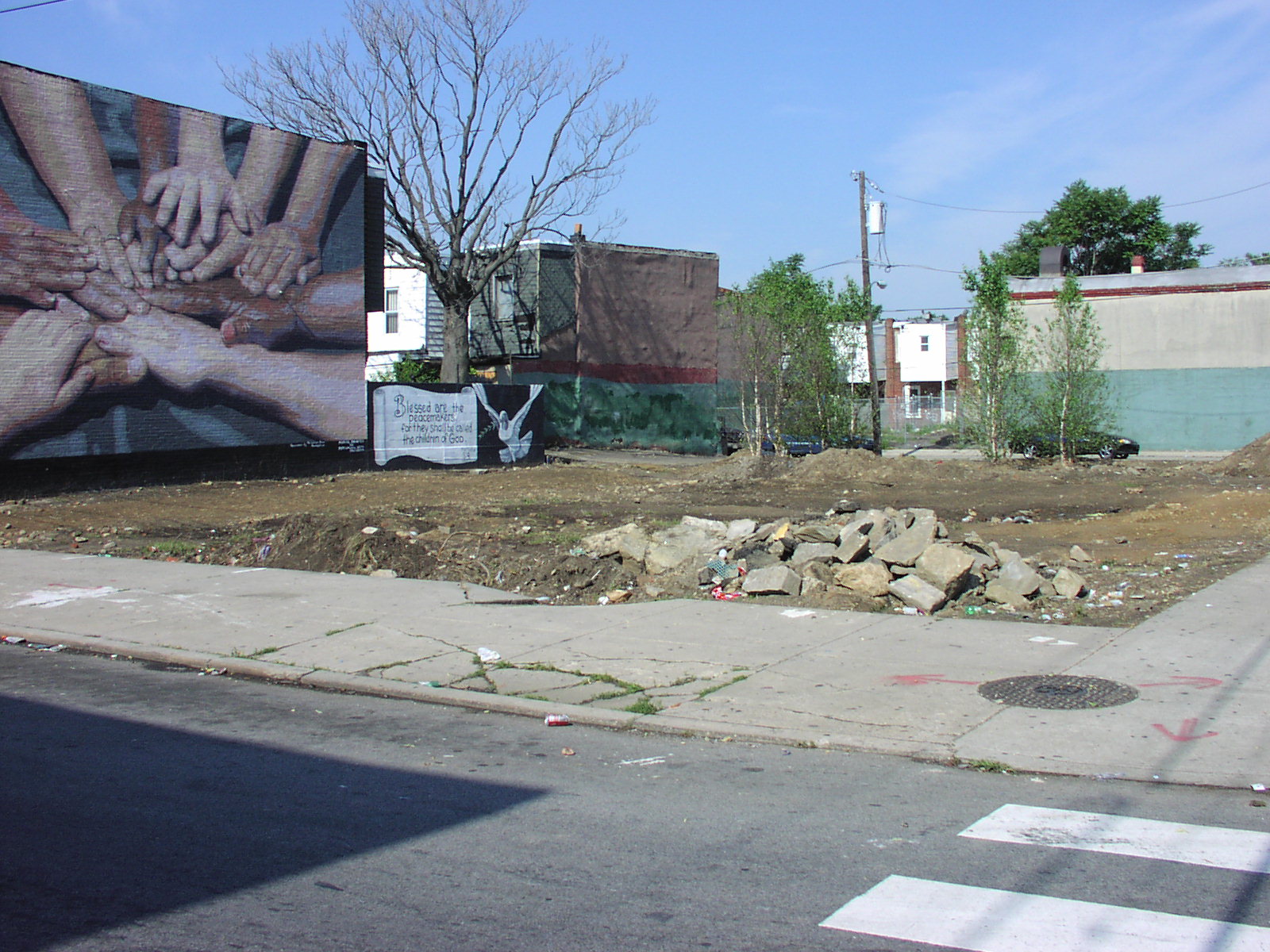
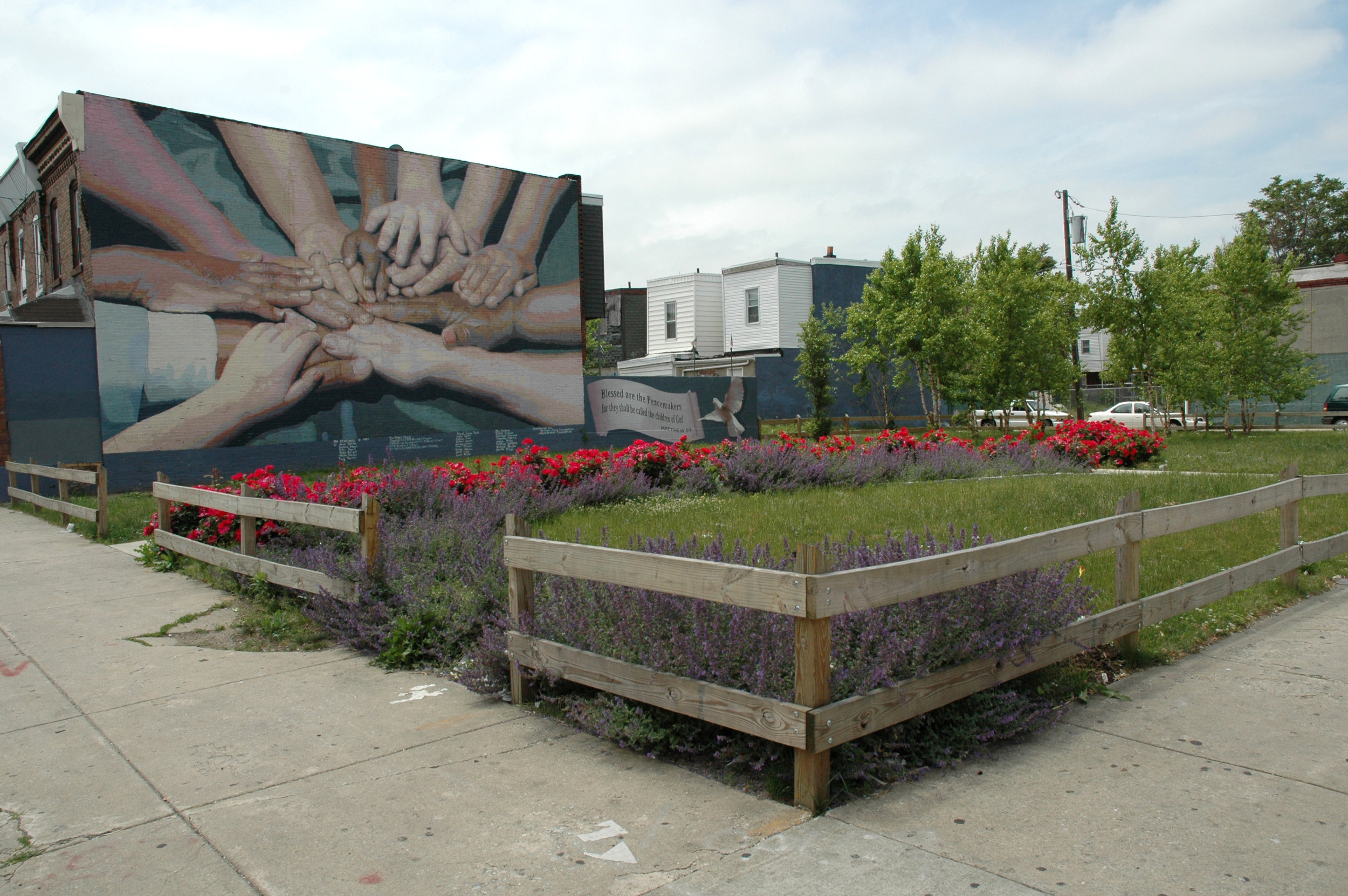
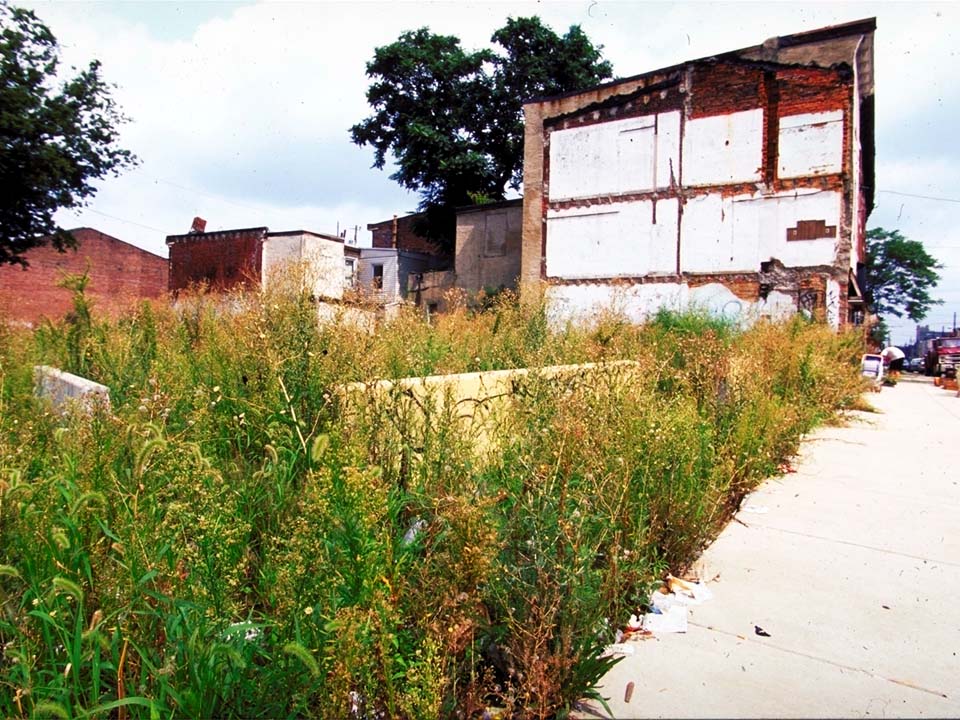
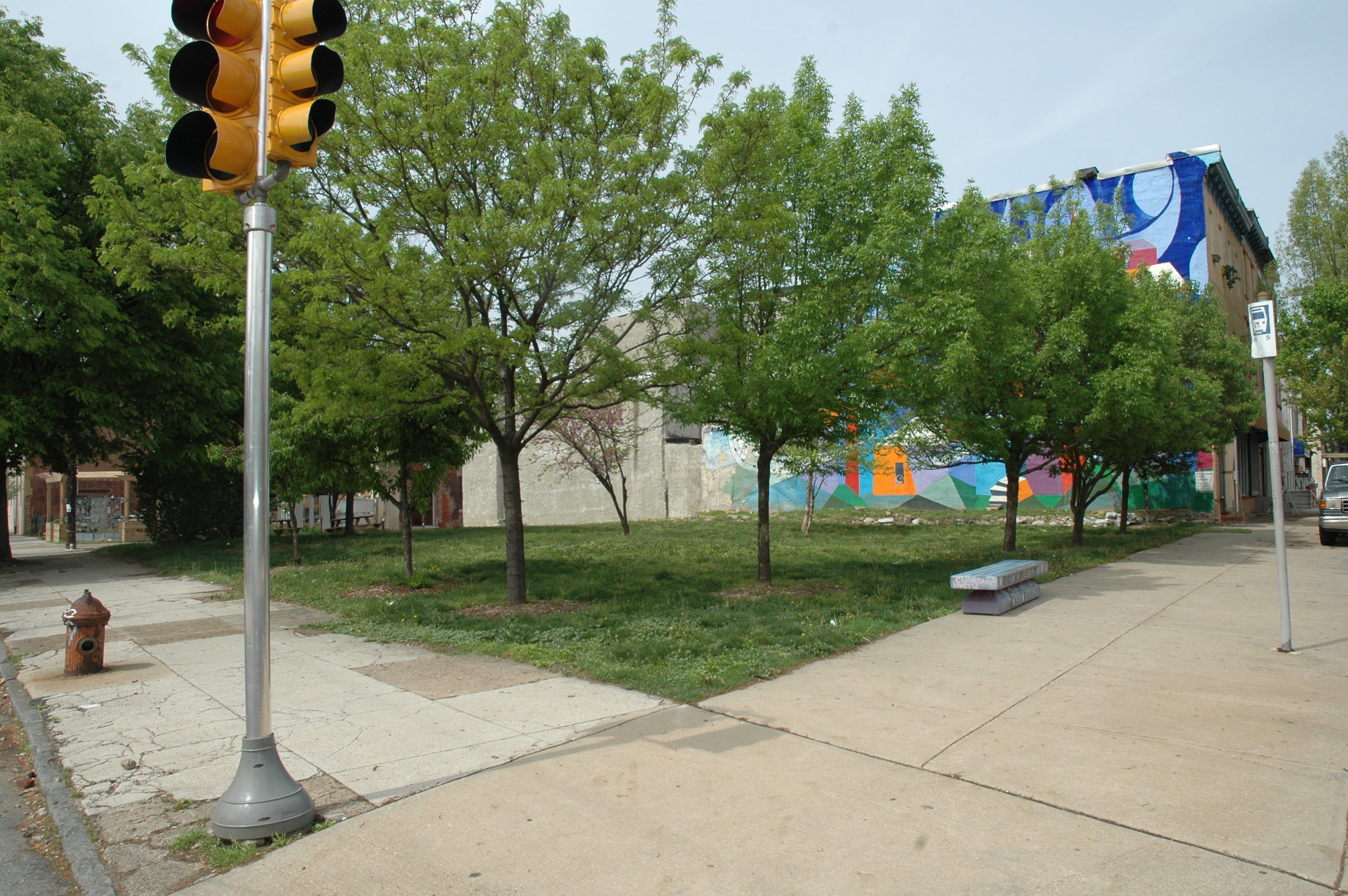
Episode Transcription
Keith Green: I was born and raised in South Philadelphia. We called it concrete city because we really didn't have trees or grass in my neighborhood. So in order for me to see any type of greening growing up, I actually had to go to visit my grandmother. And the way that my grandmother kept me out of trouble was she had me work in her garden. And she made sure that by the time I got finished, I was so tired I didn't want to go outside. *laughs* So, you know, over time I grew to like gardening. Actually, the first garden that I helped create outside of my grandmother's garden was a Pennsylvania Horticultural Society garden on the corner of my block in my neighborhood
[Intro music fades in]
[Intro music plays]
[Intro music lowers behind narration]
Sonali Rajan: (Re)Search for Solutions is a series where we cover research related to pressing issues in our world today. During this season, we're focusing on unexpected and creative ways that researchers are looking at solutions to the persistence of gun violence. I'm Sonali Rajan, a professor in the Department of Health and Behavior Studies at Teachers College, Columbia University, working with the Media and Social Change lab.
[Intro music fades out]
Sonali: Following a series of studies, researchers have found that cleaning and greening vacant lots in Philadelphia and other cities leads to a surprising reduction in gun violence in the surrounding areas. Rates of gun assaults dropped by roughly 29% as a result of these treatments. During this episode we're talking to epidemiologist, Charlie Branas and horticulturalist Keith Green about this phenomenon, and their experiences doing this research. We interviewed Charlie, a Philadelphia native, in his office at the Mailman School of Public Health at Columbia University. We discussed how frequently people think of solutions to gun violence in terms of policy and specific pieces of legislation, but as an epidemiologist, Charlie has a unique approach to gun violence prevention
[Charlie and Sonali laughing fades in]
Charlie Branas: I call them, to most people, seemingly unrelated opportunities, right? The average person - this not the first thing - if you ask the average person, what's the first thing you would do about gun violence? They're going to say some law or let's get police into that on that corner. I will tell you that, we looked at a number of not so out of the box solutions and worked on them for decades. And from our standpoint in doing research, we would get funded to perhaps work with dozens of kids, who would be very impressively affected by this, but it was only a couple of dozen kids. And that's simply not enough in the context of a city to have a larger impact. Now again, I'm not saying that these programs shouldn't be pursued, but we began to scratch our heads and say, well, what can we do that's bigger than that?
And we went back to traditional public health. What did public health do originally? You know, when cholera was overcoming our cities? When we discovered that lead paint was a problem? We didn't so much try to teach people to stay away from contaminated water, we went out and we removed them. And I think that's part of what we were thinking - was there something in the context within which people were living that we could make a structural change on, that could then be sustained for long periods of time, AND that was straightforward enough for cities to do on a large scale so that it could be put out for the entire city, not just a couple of dozen kids in a single neighborhood.
We also did these large scale correlational studies where we looked at like zip codes and cities, let's say. And we were surprised initially - and this is another thing that drove the research - is that the abandoned properties were more highly correlated by far then things like unemployment, household income, or educational levels to acts of violence and shootings and in zip codes and in neighborhoods. And so to really do this better we then went to cities to see, because some of them were starting to do, in small ways, these greening programs; they were starting to green lots. But they hadn't contracted with anyone to figure out, you know, what are the impact of the lots. In some cases, some cities had done as much as hundreds or a thousand lots and said, ‘look, here's a couple hundred of these, we're gonna look at what happened before and after in terms of shooting around the hundreds of lots that were done. And then we're going to pick a couple of hundred lots that could have been greened, but that were not, to compare them to.’ And we found again in that study design, we found a number of different impacts on gun violence was significantly affected. And by the way, not only was gun violence significantly reduced, but non-gun violence - so acts of violence that were not committed with firearms - were not reduced significantly in that. There was something unique about the commission of violence with firearms that was being affected by this.
Sonali: After speaking with Charlie, we met with Keith at the Pennsylvania Horticultural society to learn more about how greening works in practice. He explained to us what greening looks like and how the Philadelphia Landcare Program works.
Keith: So Philadelphia has over 40,000 vacant parcels in its inventory and the Philadelphia Landcare Program creates park-like settings by removing debris, adding top soil, planting trees and grass and lining a perimeter of a parcel or site, with a post and rail fence changing a blighted light to a green space. So in case people don't know what blight looks like, it could be tall weeds that could be six foot high and I'm 6’4. It can have trash, it can have cars, abandoned cars on there, construction debris - you name it, it could be on that site. And what we do is we partner with the city of Philadelphia to identify vacant parcels that we can clean and green.
Sonali: To get us a better understanding of this work, Keith drove us around Philadelphia in the PHS green machine to show us a few spaces that had been greened by the organization.
Sonali (in the car): So, we’re driving by. (Car beeps) We’re in West Philly right now, right?
Keith: Mmmhm.
Sonali: We’re in West Philly. So we’ve just passed a couple of overgrown lots that haven’t been cleaned and greened, but we're passing, now on our right hand side… This is a huge, and this is big, this looks like...
Keith: So this is one that we cleaned and greened last year. The community was complaining, so if you can imagine it had a tall, 12-foot cyclone fence, overgrown trees and grass and they wanted us to do our treatment.
Sonali: Now it’s beautiful. There's this low fence, it's clearly demarcated, mowed grass, nice and clean. Especially next to this beautiful building covered and all this art which is kind of cool.
Keith: *laughs*
[Car audio fades]
[Wind blows behind audio]
Keith: Imagine if this site wasn't cleaned and greened, it would be high, vacant, overgrown sites. So the fact that, you know, we're coming in and we're doing this simple treatment to just clean up like a neighborhood - to whereas, people don't have to sit there and walk past an overgrown site, whereas you don't have those clear sight sight lines that I was talking about - and then it's just like, okay, so what did you want to do? Now, I'm not saying that, you know, it don't happen. You know, gun violence is gun violence, but it would be hard to sit there and sell drugs in the open. It deters them and it moves them - shifts them away.
[Leaves crunching and wind blowing]
Sonali (walking): We're here at one of the cleaned and greened lots and you can see it's pretty beautifully kept. There's a fence around the edge. It's just, it's very contained and it very clearly a part of the community and a part of this neighborhood in a way that feels…. well-kept. So there's a thoughtfulness to that, I think, which is nice. And we're on one lot right now, but we're next to another three cleaned and greened lots. So there's a cluster of them right here on Olive Street, where we’re standing.
Sonali: Keith has a long history with the Pennsylvania Horticultural Society. He is currently the director of the Philadelphia Landcare program at PHS. We wanted to talk to him about how he started greening.
Keith: Being with the Horticultural Society for a long period of time - I've been here for over 20-something years. So I started out as a garden assistant, you know, so I was creating community gardens. Then I started planting trees in front of people's homes. And then it was like, this Landcare program. I was like, what does that - like… are you serious? Because like for years, when you created a garden or like a community setting, you put up a cyclone fence or a turkey-wire fence. And the object was to beautify it, but also to only invite people in that helped you create it. And this type of greening was different because it, even though it had like a posting-rail, four foot fence, it wasn't intended to keep people out. It was to invite people in. It was a different way of thinking. And just like with anything that people do when you talk about change, it's like, ‘nah..’. So I was one of those guys like, ‘uh-uh, this is not going to work..’ But I was wrong. And it goes back to like, you know, where I was raised, not seeing in greening, you know, in my neighborhood - that was the way that I was thinking.
Sonali: So, throughout both of our conversations with Charlie and Keith, we talked about programs that focus on changing individual behaviors as solutions to gun violence and how these efforts often don't produce sustainable results. So it was especially interesting to hear how Charlie and his team began looking at how we can change places and spaces that contribute to gun violence, as opposed to trying to change people.
Charlie: When I was telling you we were frustrated about the programs that we're doing not working, we went and decided we're all going to go to the communities and ask, you know, you, we know you've told us that violence is an issue in your community. We know where the numbers are showing us that violence is an issue in your community. What should be done? People came up with a lot of solutions and the solutions, you know, touched on management of youth, family structure and these sorts of things. But the one thing that was a recurring and frankly dominant theme that most people talked about was the fact that there's this abandoned lot on my block or there's these five abandoned lots on my block. And you know what? I think there's guns in there and I'm too scared to even walk near that lot. People are shifting their lifestyles over this blight and abandonment in their neighborhoods.
Sonali: A key piece of this story that you heard both Keith and Charlie mentioned was blight, which refers to the physical deterioration of buildings and the environment that people live in, as well as to the abandonment of buildings that takes place in many inner cities across the U.S. We asked, ‘how do blight and abandonment become an issue in these neighborhoods? And how does it contribute to the spread of gun violence?’
Charlie: There's been this cycle of descent of disinvestment in cities, as I was saying, and that disinvestment of resources has led to frankly, crime has gone up over the decades in particular neighborhoods. Crime goes up, people don't want to be around it, and to the extent that those who have the means to leave, those folks are gonna leave the neighborhood, that means abandonment goes up. And then, um, there's more opportunities for crimes since we know it's connected. Now, the connection happens - a perfect example of it is certain anchor businesses leave a neighborhood anchor businesses like supermarkets and banks. And those businesses then get filled in with other things like check-cashing opportunities, cause there's no banks, so you have to do that. So, and then also liquor stores because they cash checks and because they also sell groceries. And so all of this then begins to drive an environment that permits a number of different things to happen, including the sale of illegal drugs.
And I will say that you talk to the folks who are moving product in those neighborhoods, they're business people like anyone else. It just so happens that they don't have the judicial system and law enforcement behind them. If they have a dispute, they cannot call 9-1-1. So what they're left with is to manage their business disputes on their own. And they are, then they are forced to arm themselves to protect their business and their product and all those around them and their families. Now they're also rational, and if you talk to them, many of them don't want a firearm at home - they have kids. But they can't have it on their person when they're out. So now they're looking, they can't put it at home, they can have it with them. So now they're looking for spaces in the neighborhood where they can put a gun that's easily accessible to them and oftentimes that falls to abandoned buildings and vacant lots, and/or, they will put it in abandoned cars or cars that get parked in front of abandoned spaces because there's no one to watch it or move it along.
Keith: So what we do is, again, we work with community organizations, city council, community residents that sit there and identify these blighted lots. Then what we do is we identify sites - around schools, recreational centers, business corridors, around affordable housing - but basically places where we can have major impacts of cleaning vacant lots in neighborhoods. Again, when you have 40,000 vacant parcels, they're everywhere. So, you know, people don't want to live next to blighted, vacant parcels. Because, it can have, like, a negative affect on your psyche. And I used to live in the city and I used to live across the street from a huge vacant lot and you know, coming outside every day, seeing a site that's full of trash, overgrown with weeds, the owner of record is nowhere to be found - you feel like you can't do anything.
Sonali: So what are the outcomes of greening on these communities? What do people who live in these neighborhoods think of the greening program?
Keith: If you're living in a neighborhood and you're seeing it day to day, I think that's the impact. You know, that's the satisfaction that I get - when I have like a neighbor come to me and say, ‘this site or this corner used to be this way, but because y'all cleaned and greened the site, it changed the way that,’ - the neighbors looked at their neighborhood and how kids come out and play - for me, that's the gratification.
Sheila Parker: My name is Sheila Parker and I live in Philadelphia, PA and I have been a resident in this area for over 50 years. Philadelphia Green has played a big part in our neighborhood. Even folks in the neighborhood, which are teenagers and kids have gotten to the point that they seem to appreciate it. They have a tendency to pick up behind themselves. Even the kids that come from school, they see that the lots are nice and clean. They put everything in the trash, which I appreciate so much. Also, the children have somewhere that they can go and play instead of being in the street. So it's a safe haven for children, also. And I really, truly appreciate it because it's done a lot. So again, I just thank Philadelphia Green and my community.
[Music fades in]
[Music plays]
[Music lowers behind end credits]
Sonali: Thanks so much for listening to this episode of (Re)Search for Solutions. Tweet us your thoughts about the episode using the hashtag #R4S - we'd love to hear from you. That's hashtag R, the number 4, S.
This episode was produced by Azsaneé Truss, Joe Riina-Ferrie, Sonali Rajan and Lalitha Vasudevan. It was edited by Azsaneé Truss, with the help of the (Re)Search for Solutions team. A special thank you to Keith Green and the Pennsylvania Horticultural Society for their amazing partnership in creating this episode. Our music is Research Area by Poitr Pacyna and can be found on shockwave-sound.com. You can find us online at researchforsolutions.com and you can listen to our next episode on Apple Podcasts, Spotify, SoundCloud, and Google Play.
[Music fades out]